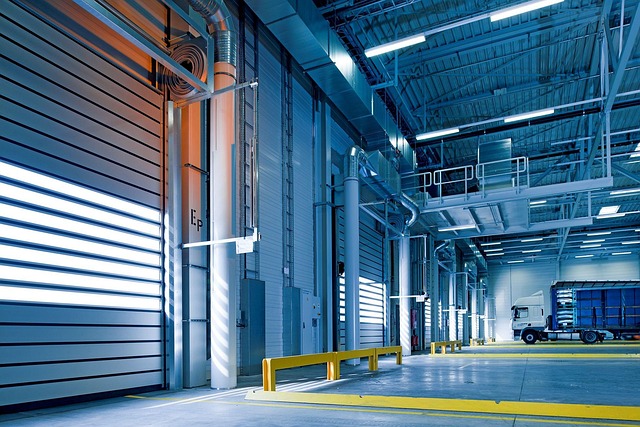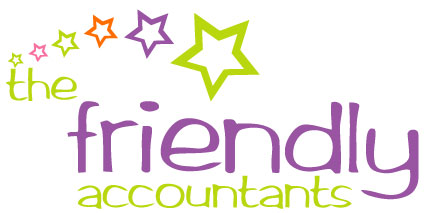In our prior post we discussed one way in which you can reduce your capital gains tax liability ('CGT') using EIS and SEIS investments. However, saving capital gains tax by using Rollover Relief is another way you can reduce the amount of CGT you are required to pay.

What is Rollover Relief?
Rollover relief helps you or your company defer capital gains tax when replacing assets that meet a specific criteria. It allows you to reduce your capital gains tax liability by using proceeds from the sale of one asset to reinvest in the purchase of a new asset.
What assets qualify for Rollover Relief?
To qualify for Rollover Relief you must dispose of an old asset which was used solely for trade purposes and acquire a new asset used solely for trade purposes.
However if you are a sole trader you can use the new asset for a different trade. Although, successive trades must not have a gap longer than three years.
Broadly speaking, the categories of qualifying assets include buildings, land, plus plant and machinery used for the purposes of your trade. However a more comprehensive list of qualifying assets can be found here. Although, shares and securities do not qualify for Rollover Relief.
Additionally, HMRC by concession will also accept a claim for Rollover Relief in the following circumstances:
How the relief operates
Full relief only applies if you reinvest all of the proceeds from your asset sale.
However, if only partial reinvestment is made, the relief is reduced proportionately. This is best illustrated in the example below.
Example
You sell a Warehouse for £600,000, making a gain of £175,000. Within 9 months, you buy a hotel for £500,000. This leaves £100,000 which has not been reinvested.
As £100,000 is less than the gain of £175,000 you can only rollover £75,000 of the capital gain.
The hotel will therefore have a base cost of £425,000 - £500,000 less the gain rolled over of £75,000. The remaining gain of £100,000 that is chargeable may qualify for Business Asset Disposal Relief.
A further restriction to Rollover relief also applies where the old asset was only used for a qualifying purpose during part of the ownership period.
Example
You sell a Warehouse for £600,000, making a gain of £100,000. Within a year, you buy a hotel for £600,000. You had owned the warehouse for 10 years however it had only been used for the purpose of trade for 8 years.
As the Warehouse had been used for trade purposes for 8/10 of the time it was owned, only 8/10 of the CGT charge can be rolled over. Therefore £80,000 is rolled over and £20,000 is still chargeable to CGT.
Reinvestment into depreciating assets
A depreciating asset is one with a predictable life of 60 years or less. The most common depreciating assets are fixed plant and machinery. Although, they are not considered as depreciating if they form part of a building as a fixture.
Where reinvestment is made into a depreciating asset, special rules apply The rolled-over gain is not deducted from the cost of the replacement asset - see above.
Instead it is 'frozen' until the earlier of the sale of the replacement asset, the replacement asset no longer being used for trade purposes or Ten years from the acquisition of the depreciating asset.
Example
On 31 March 2024 Dio Ltd reinvests proceeds from the sale of it's recording studio in fixed plant and machinery. This fixed plant and machinery is used in it's warehouse where the company operates it's trade. On 31 March 2027 Dio Ltd decides to sublet the warehouse and then sells it on 31 March 2032.
The gain becomes chargeable on 31 March 2027 as the depreciating assets ceased to be used for trade purposes on this date.
Time Limits for Reinvestment
The new asset must be acquired in a period commencing 12 months before the disposal of the old asset, or three years after the disposal.
HMRC might agree to extend the reinvestment window where you are prevented from acquiring the replacement asset by some fact or circumstances outside of your control.
Making a claim
A claim must be made within four years of the later of the end of the tax year (or company accounting period ) in which either the disposal took place or the new asset was acquired.
Example
Reacher Ltd disposed of a warehouse for £750,000 and made a gain of £250,000 during the year ended 31 March 2024. A new warehouse was purchased for £850,000 during the year ended 31 March 2026.
Reacher Ltd therefore has until 31 March 2030 to make a Rollover Relief claim.
Should You Claim Rollover Relief?
Deferring capital gains tax using Rollover Relief may not always be the best option. You should consider any claim carefully where:
Summary
Deferring capital gains tax using Rollover Relief allows you to reinvest in trade assets whilst deferring tax liabilities. This strategy can prove effective for long-term business growth, plus save you significant tax liabilities..
For more useful information, check out our Ebooks here.
And if you'd like to know how we can help you with all of this, or with anything else, feel free to give us a call on 01202 048696 or email us at [email protected].
Alternatively, please feel free to complete our Business Questionnaire here.
